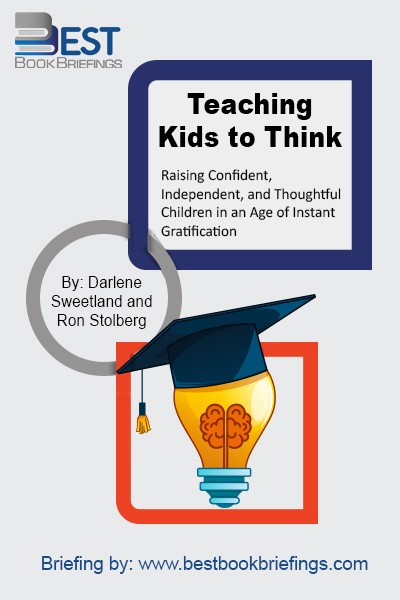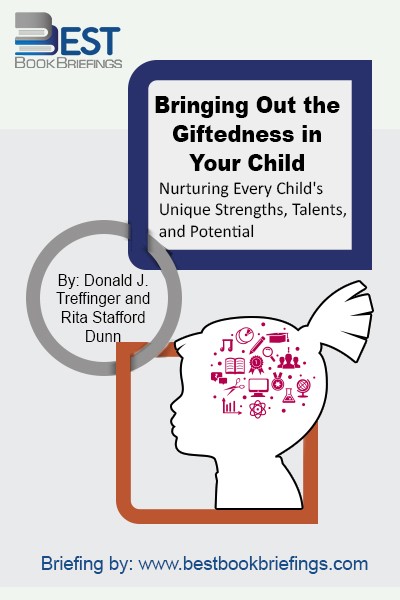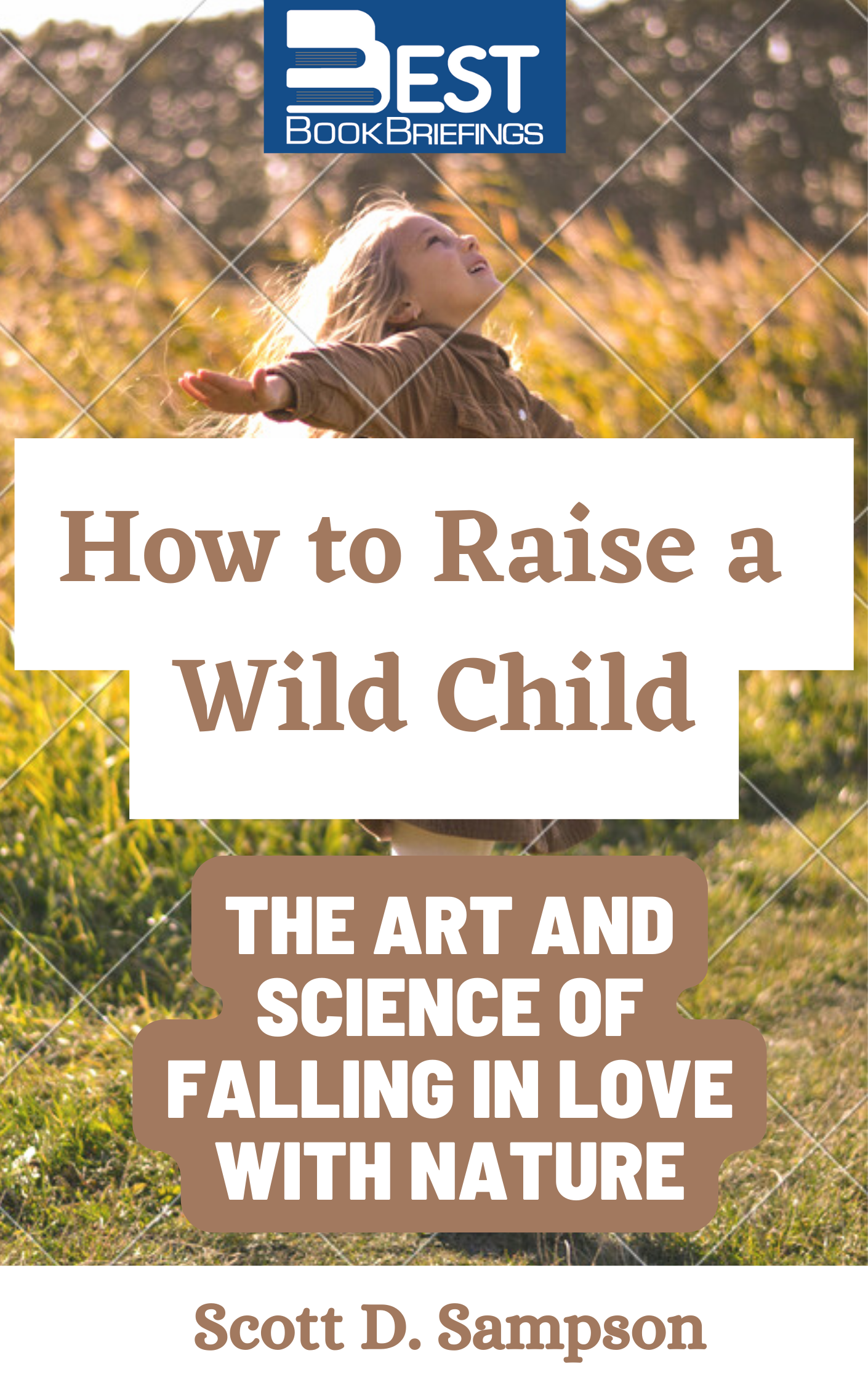How to Raise a Wild Child
The Art and Science of Falling in Love with Nature
Editorial Review
The average American child spends only four to seven minutes a day outdoors. Those same children devote more than seven hours daily to staring at screens, replacing reality with virtual alternatives. Most boys rack up more than 10,000 gaming hours before the age of twenty-one. Children can now recognize greater than a thousand corporate logos, but fewer than ten plants native to their region. The net result is what author Robert Michael Pyle has dubbed “the extinction of experience,” highlighted by the gaping chasm between children and nature. How to Raise a Wild Child is a timely and engaging antidote, offering teachers, parents, and other caregivers the necessary tools to engender a meaningful, lasting connection between children and the natural world.
Book Reviews
Books on Related Topics

In Teaching Kids to Think, Dr. Darlene Sweetland and Dr. Ron Stolberg offer insight into the social, emotional, and neurological challenges unique to this generation. They identify the five parent traps that cause adults to unknowingly increase their children's need for instant gratification, and offer practical tips and easy-to-implement solutions to

How children think is one of the most enduring mysteries—and difficulties—of parenthood. The marketplace is full of gadgets and tools that claim to make your child smarter, happier, or learn languages faster, all built on the premise that manufacturers know something about your child's brain that you don't. These products are

Giftedness should extend far beyond a category or a label; it should certainly not be confined to a score or an IQ or achievement test. The test simplifies the recognition of some talents, but the complex potential of a child’s talents, sustained interests, and special aptitudes cannot be represented by performance



